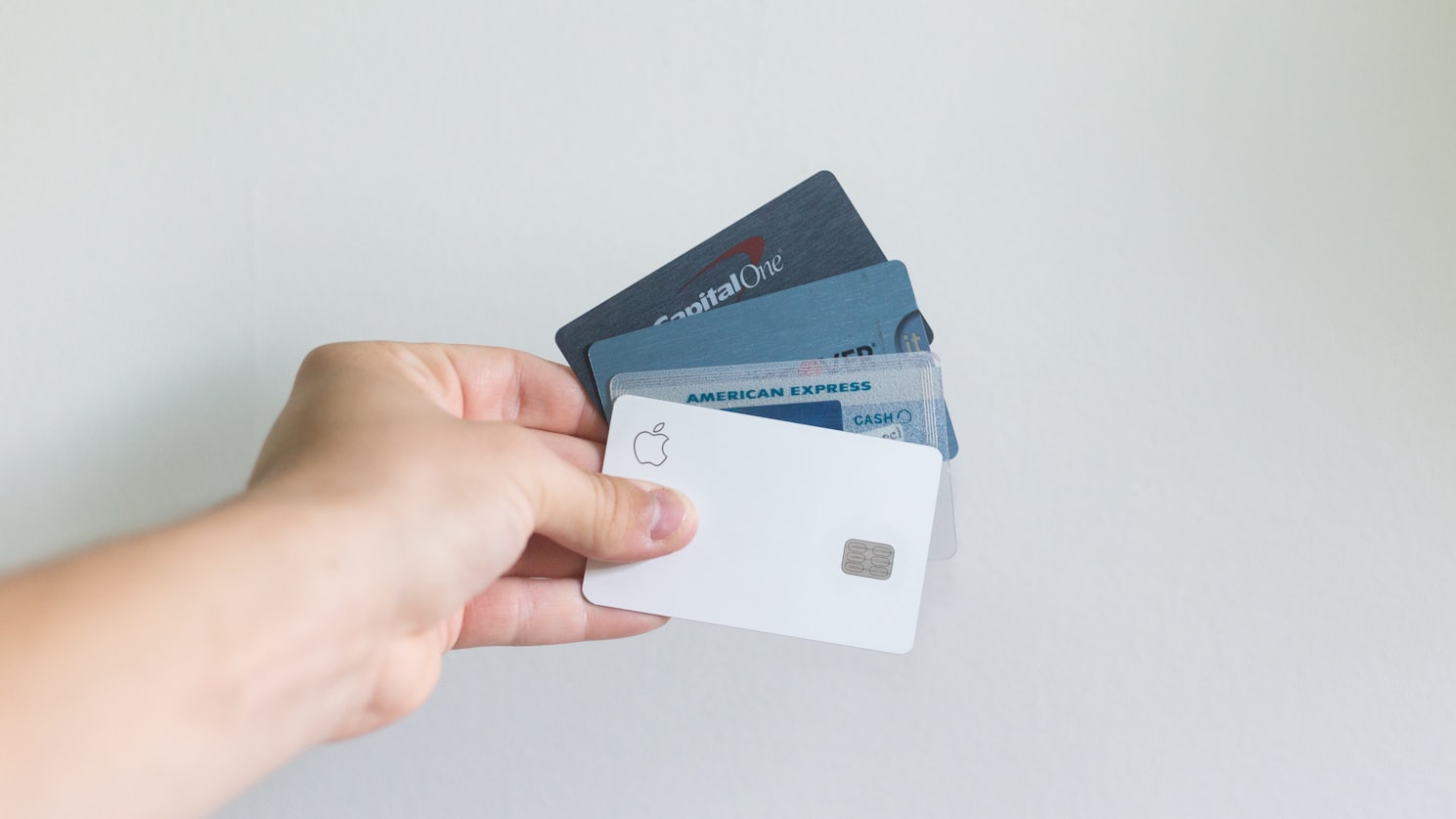Everyone realizes how damaging debt can be, even when they don’t try to eliminate their own. Imagine if all your loans were paid off – that’d be at least a few hundred dollars per month you could save or invest, perhaps even thousands. Having no debt can offer more financial freedom than most people will ever have.

The Debt Snowball
A common way to get rid of debt is something called a “debt snowball” – which Dave Ramsey helped popularize.
It’s a strategy used to rapidly eat away your loans, from the smallest to the largest, which helps you gain momentum towards eliminating all of your debt. When the debt on the smallest loan is paid off in full, you then use the money you were putting towards that onto the second smallest loan and so on. It’s similar to rolling a snowball down a slope.

If This Sounds Complicated, Don’t Worry. You Only Really Need To Do A Few Things
- List your loans from smallest to largest (ignore interest rate for this)
- Make minimum payments on your loans
- Figure out how much extra you can pay each month towards your smallest loan and pay it
- When that loan is paid off, put all the money you were using on that towards the next smallest loan
- Repeat
The reason the debt snowball works is because it is more about the psychology behind paying off debt, rather than financial aptitude.
If you start paying towards your highest interest rate loan, which is likely to be your largest or second largest loan, you don’t see results for many months or years. You may know the balance is going down, but it’s easy to lose the drive to work on debt when you aren’t eliminating accounts in a timely manner. Plus, if you give up before you finish that one, you won’t take care of all the other debt you have under your belt.
If you focus on the smaller loans first, you will see real results MUCH faster, and that will only push you harder. That will help you stay consistent – the real trick behind debt elimination and financial freedom.
With all the smaller loans paid off, and that money going towards the larger ones, a snowball of sorts has been created and you’re able to pay several hundreds of dollars (or more) extra towards your largest debts by the end. Remember, it’s all about consistency. Patting yourself on the back after you’ve eliminated one or two loans won’t help you get rid of the larger debts if you quit there.
The Debt Avalanche
If you take the time to calculate it, you may find that paying off loans with the highest interest rate first will save you the most money, but that is only true if you can keep yourself consistent and accountable for paying everything off. It is better to take the smaller wins at first if that helps you stay focused and driven to pay off the rest of your debt. The “debt avalanche” strategy tackles high-interest loans first. It doesn’t provide small victories initially, but your first victories will be massive, like an avalanche or landslide.

The Debt Avalanche Method Is Very Similar To The Debt Snowball, But Has A Few Key Differences
- List your loans from highest interest rate to lowest (ignore loan size for this)
- Make minimum payments on your loans
- Figure out how much extra you can pay each month towards your highest interest rate loan and pay it
- When that loan is paid off, put all the money you were using on that towards the loan with the next highest interest rate
- Repeat
So, Which Strategy Is For You?
It is important to clarify that when using the debt snowball or avalanche methods, you should avoid working towards mortgage debt until the other loans have been paid in full.
While both methods likely require a good budget, you can also add in payments based on extra ways you’re able to save on day-to-day expenses or extra income you’ve made.
There are many calculators you can find online to see the difference between the two strategies and which is technically better for you. Regardless of what you find, be sure to choose a method you can be consistent with.
If you have a lot of discipline when it comes to money, the debt avalanche USUALLY works out to be the better financial decision. If you think you’ll need help to stay on-track, the debt snowball method is still an amazing choice. Ultimately, if you abandon a plan halfway through, it failed. Objective or mathematical superiority is not always indicative of your best option. Besides, the difference in savings between the methods will likely be relatively small.
This may sound like I’m against the debt avalanche method, but I’m not. I personally used the debt avalanche method. However, my circumstances were a little abnormal. My debt was solely student loans – which were divided into 4 different loans with varying interest rates. All four loans were fairly small too, so small victories still occurred in the avalanche method. Everyone has a different mindset and financial situation. Pick the method you think works best for you.
To Recap
- The debt snowball method focuses on loans from smallest to largest balance
- The debt avalanche method focuses on loans from highest to lowest interest rate
- Both methods make at least minimum payments on all loans
- The debt snowball helps for drive and motivation
- The debt avalanche is usually the most cost-effective

Conclusion
If you’re interested in more personal finance or development articles, be sure to check out more of the blog. If you’re under a mountain of debt or just trying to get your finances in order I’d also recommend looking at The Total Money Makeover and I Will Teach You To Be Rich. For more content like this, and a free budgeting template and financial goals worksheet, be sure to sign up for the Bitter to Richer newsletter.
If you think I missed something, or have advice about dealing with debt, please leave a comment!



